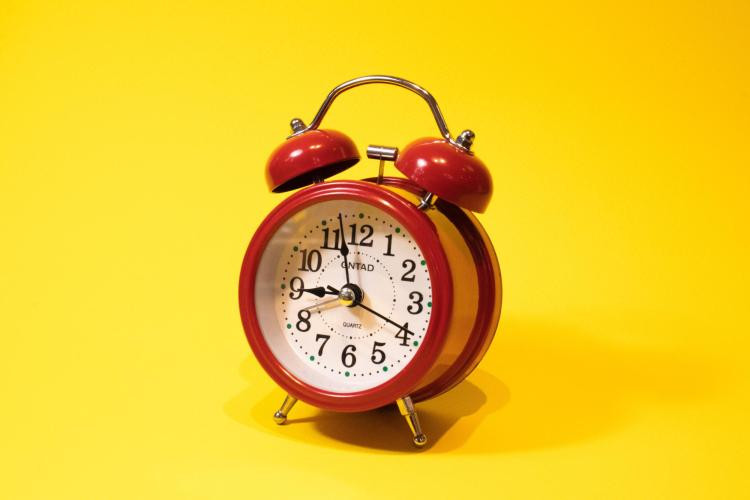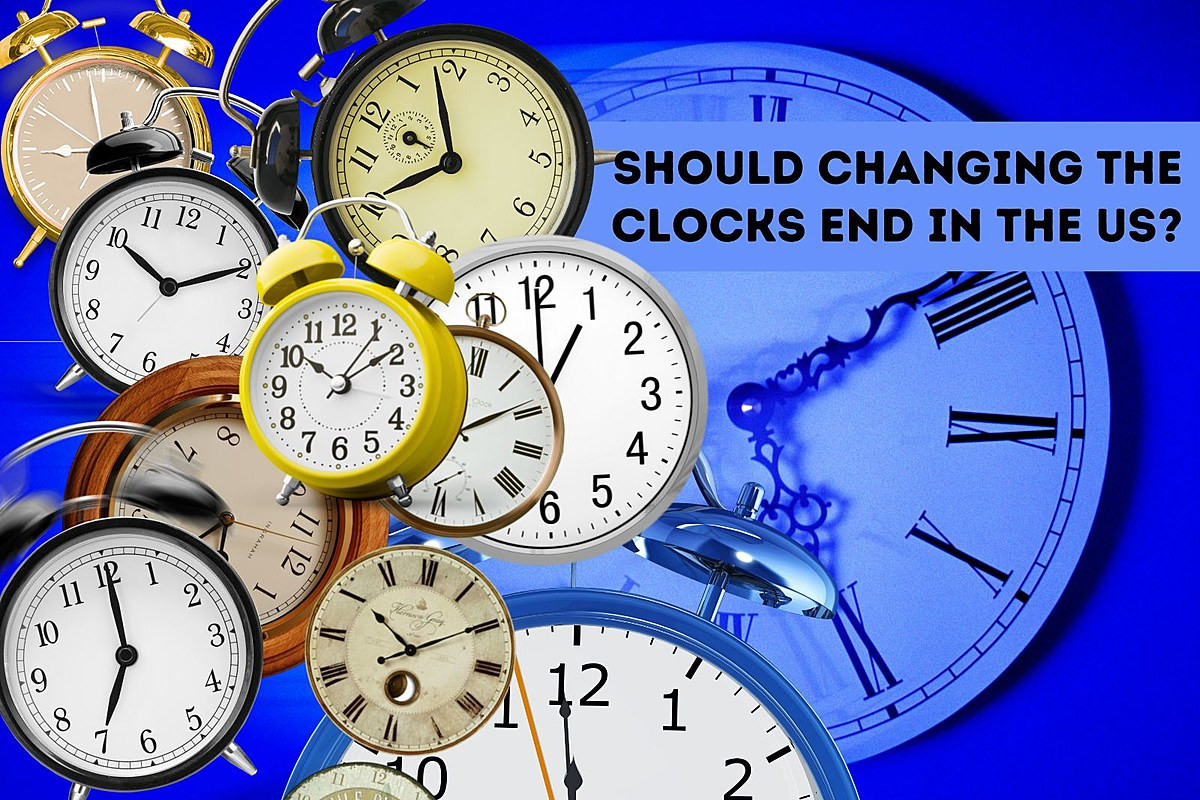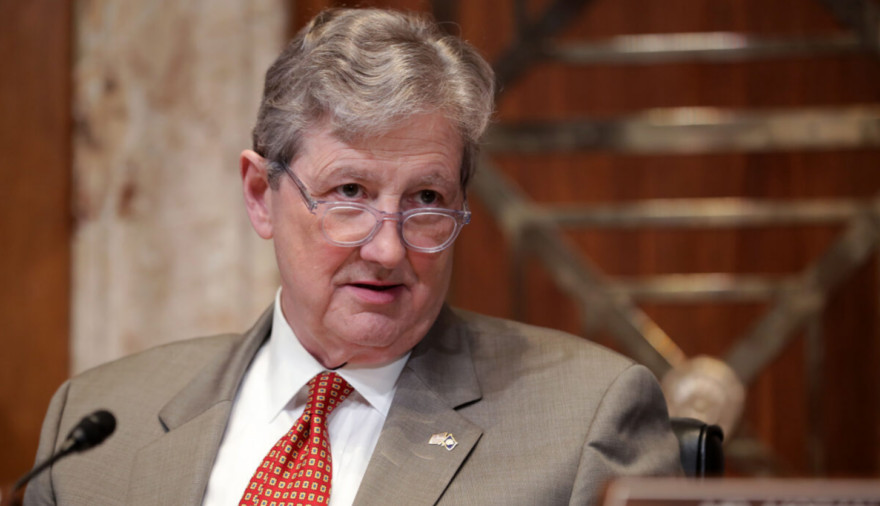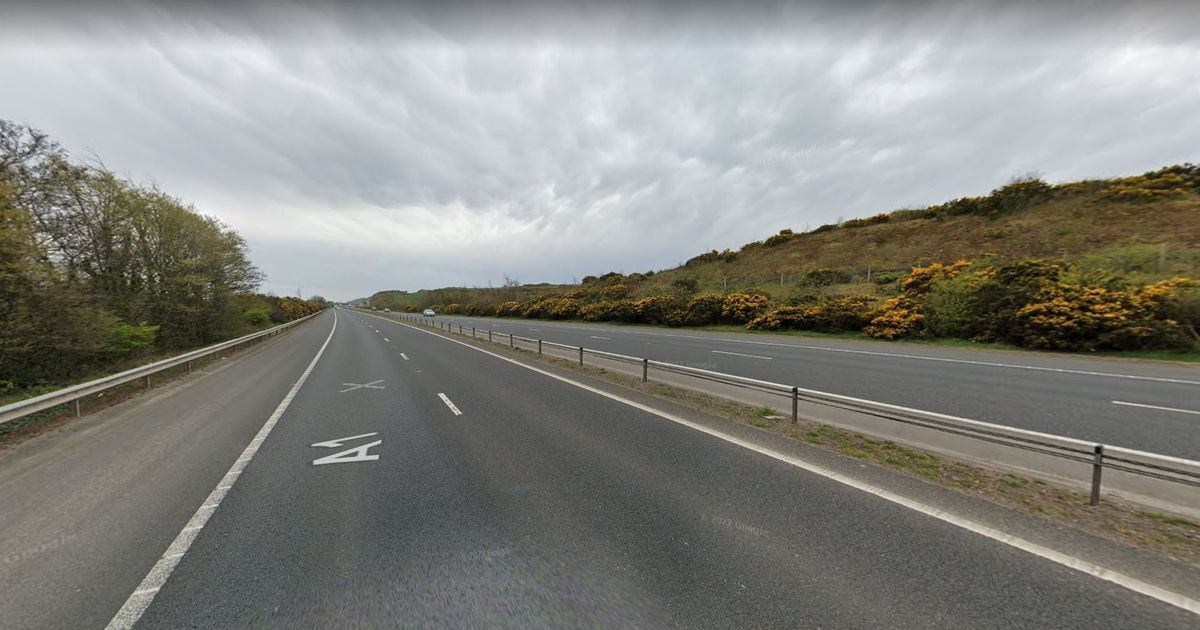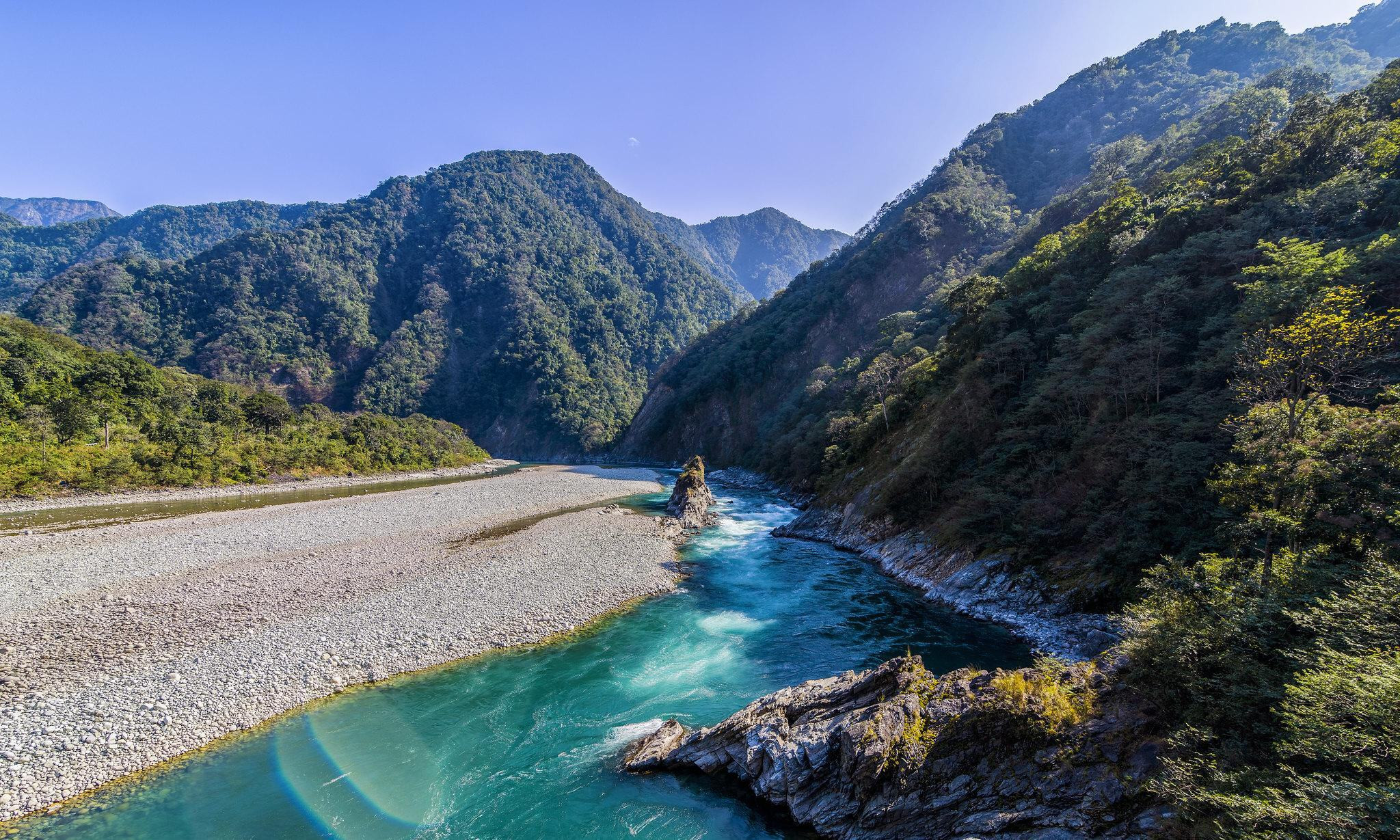A Persistent Problem
The biannual ritual of springing forward and falling back has become a source of frustration for many Americans. While proponents tout the benefits of extending daylight hours for recreation and commerce, a growing body of evidence suggests the negative health and economic consequences far outweigh any potential advantages.
A History of Shifting Time
Like many innovations, the idea for daylight saving is often attributed to Benjamin Franklin. In 1794, Franklin mused about the potential to reduce the cost of candles by mandating more daylight hours in the evening. In reality, the concept is at least as old as the Roman Empire, which invented water clocks to supplant the sundial and then routinely adjusted the time throughout the year to comport with the changing sunset.
The curious story of contemporary daylight saving time begins in New Zealand in 1895. Entomologist George Vernon Hudson presented a paper advocating a two-hour shift in timekeeping to allow more daylight hours for bug hunting after his regular daytime job.
Germany lays claim to the first modern adoption of the practice, shifting clocks forward in 1916 to save fuel and reduce the need for artificial light. The U.S. followed suit in 1918 with the Standard Time Act, establishing the primary times zones currently in effect and moving the clock forward by one hour for the duration of the war. Clocks fell back to standard time in 1919.
Franklin Roosevelt reinstituted the adjustment in 1942, placing the country on permanent "war time" shortly after Pearl Harbor until the end of the war in 1945. Los Angeles recognized "Pacific War Time," while Washington, D.C. operated under "Eastern War Time."
The Crazy Quilt of Time
What ensued next was a free-for-all. The end of war time returned the decision to observe standard or daylight time to localities, resulting in a crazy quilt of regional variations. In his book "Seize the Daylight: The Curious and Contentious Story of Daylight Saving Time," author David Prerau notes that motorists traversing the 35-mile stretch between Moundsville, West Virginia, and Steubenville, Ohio, had to reset their watches seven times.
Congress finally standardized the management of U.S. time zones in 1966 with the Uniform Time Act. This legislation mandated a switch to daylight saving time from the last Sunday in April to the last Sunday in October at 2 a.m. Several revisions to this schedule have occurred, most recently in 2005 the extended daylight savings to the current stretch between the second Sunday of March through the first Sunday in November.
No Savings, Just Costs
The Uniform Time Act forbids any jurisdiction from adopting permanent daylight saving time but does allow opting out of DST altogether. Hawaii and most U.S. territories do not move their clocks forward. Arizona likewise observes standard time year-round except on the Navajo Reservation, which does spring forward.
Meanwhile, the presumed economies from shifting the clock have proven to be minimal or nonexistent. A 2008 study of electrical usage by the U.S. Department of Energy initially found a relatively negligible savings of 0.5% per day during daylight saving. Conversely, a 2007 paper published by the National Bureau for Economic Research reviewed Duke Energy data in Indiana and estimated the state spent $8.6 million more on electricity than if they had remained on standard time. The added drain from air conditioning and household electronics has leveled the playing field in terms of evening power consumption.
The Health Costs of Daylight Saving Time
Where the real difference appears is in health care costs attributable to making the time change. Health researchers have documented deleterious effects from even a one-hour shift in wake-up time, as the natural circadian rhythm of the body is perturbed.
The American Academy of Sleep Medicine has issued a strong policy statement opposing permanent daylight saving time, noting convincing evidence of negative health effects from maladjustment of natural human cycles with work and school schedules, resulting in significant increases in heart attacks, strokes, mood disruptions, depression and pedestrian traffic deaths.
The American Journal of Cardiology likewise reports an increase in heart attacks immediately following the onset of daylight savings, and the Journal of Applied Psychology identified a drop in job productivity and increased absenteeism. Taken together, these effects could cost the U.S. economy upwards of one half billion dollars annually, according to data scientists at Chmura Economics.
The Lost Time
Not to mention the time lost to the semiannual ritual of resetting the clocks. Assuming there are 130 million U.S. households that dedicate five minutes each time setting and resetting their timepieces, we waste nearly 21 million hours a year in pursuit of delaying the sunset. The American Enterprise Institute places the annual opportunity cost at around $1 billion.
The Lobbying for Daylight Saving
Twenty states have passed legislation to adopt permanent daylight saving time if federal law is changed to allow it. These actions are largely in response to commercial constituents like retailers and outdoor sports and recreation industries that benefit from more evening daylight.
The Case for Standard Time
An overwhelming body of medical and economic data argues against the change and strongly favors a permanent commitment to standard time. Either way, most Americans are ready to stop springing and falling and catch up on some sleep.




